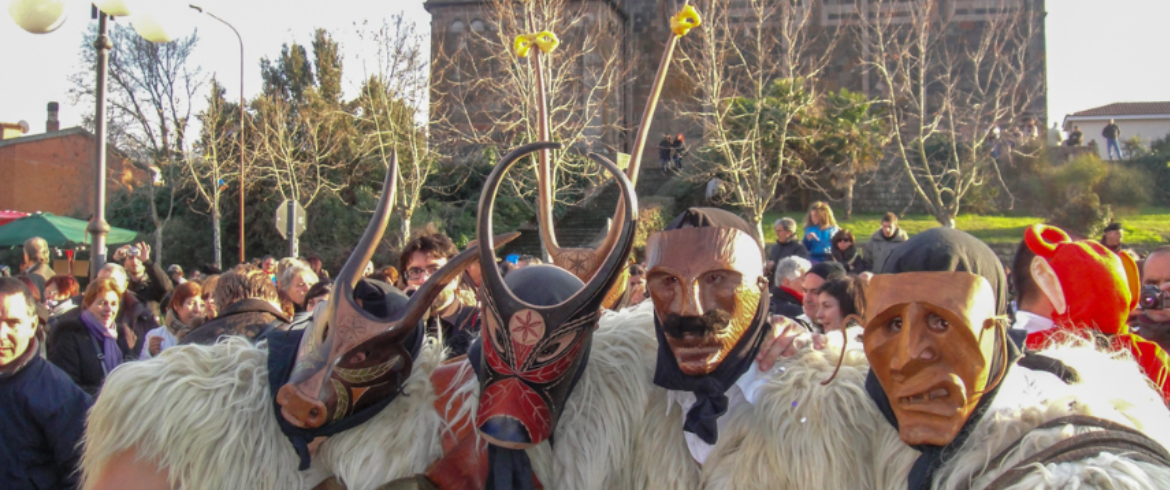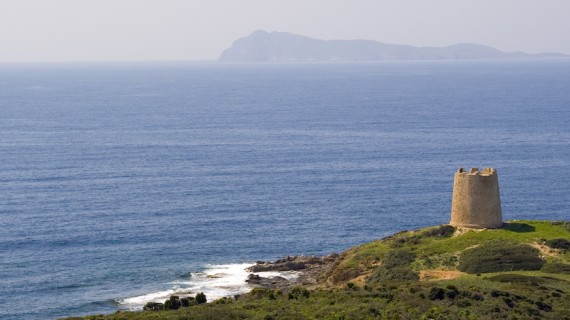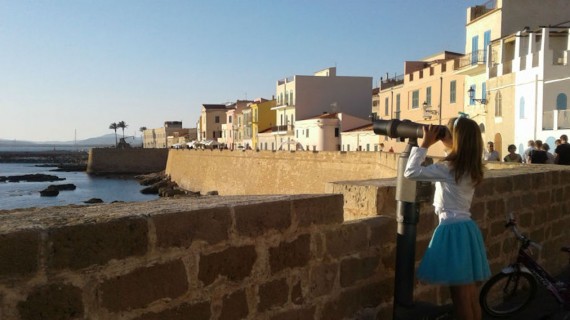Sardinia, long known for its sea and beaches, also hides a treasure rich in history in its inland areas: Barbagia.
Let’s explore together the curiosities and symbolic places of this wonderful land, with its ancient traditions and stories.
Nuoro: the Sardinian Athens
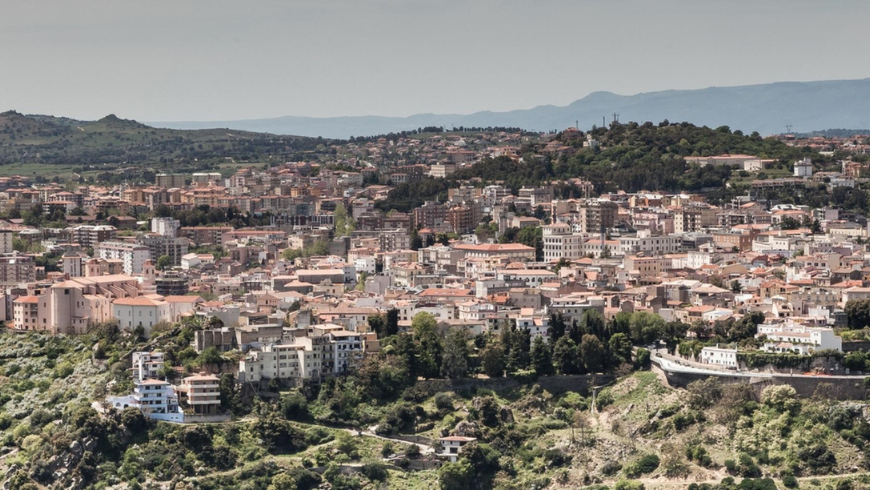
We are in the heart of Sardinian identity: Nuoro. This city has prehistoric roots and during the Roman Empire, the local inhabitants developed a notable resistance and disobedience to the Roman invasion. The Romans came to refer to this area as a land of Barbary, from which the name Barbagia—the vast mountainous region in central Sardinia—derives.
You can admire the historical and cultural richness of this place by visiting its historic quarters and some symbolic sites of the city such as the Cathedral of Santa Maria della Neve and the Museum of Sardinian Life and Popular Traditions.
To stay in touch with the surrounding nature, we recommend hiking on Mount Ortobene, which is rich in biodiversity and natural beauty.
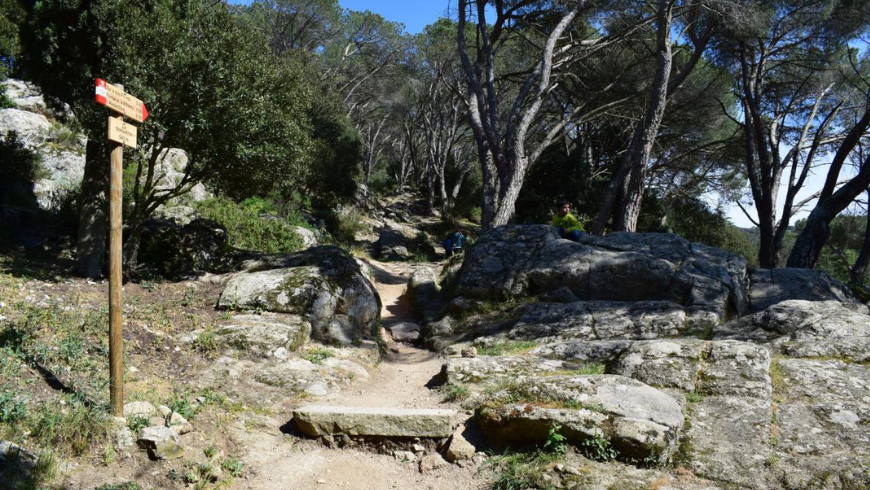
Orgosolo and Its Colorful Murals
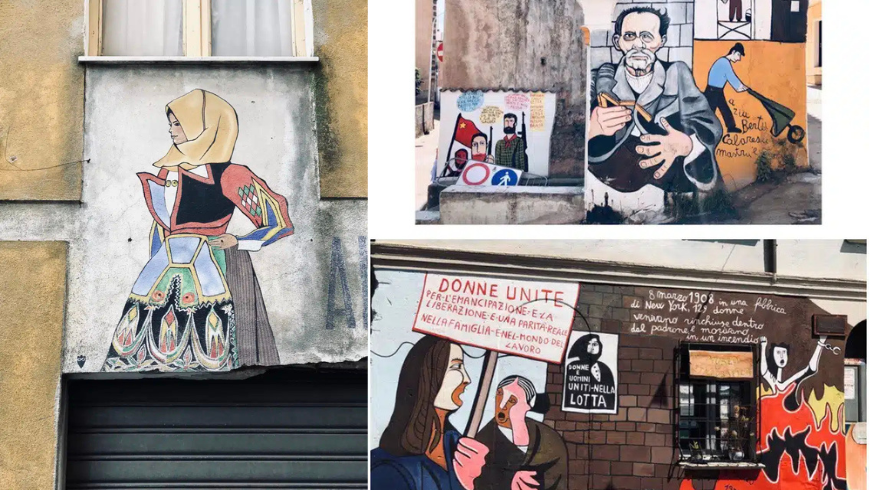
Orgosolo is a picturesque village in the heart of Barbagia, famous for its striking murals found on streets, buildings, and squares of the historic center.
This village is truly an open-air museum. The murals depict various political protests that artists have chosen to represent over time. Also particularly noteworthy is the beautiful staircase painted in yellow, blue, and green, which from a distance appears like a marvelous mosaic.
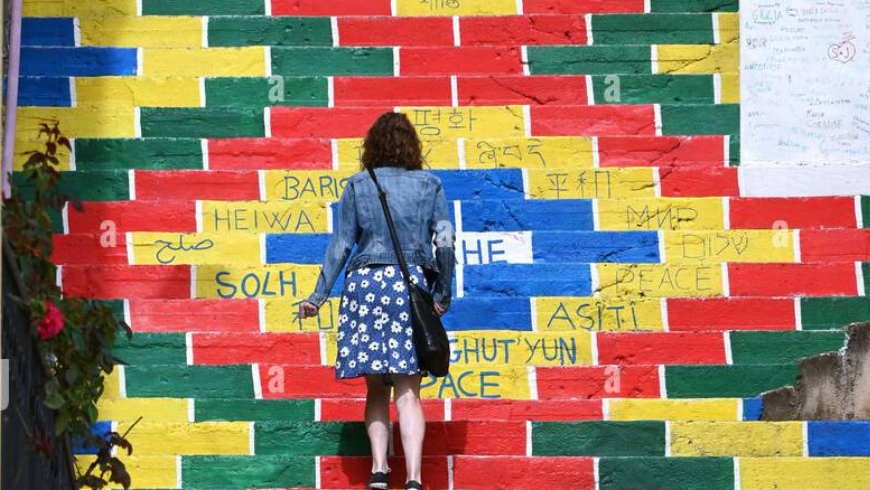
This wonderful place, rich in tradition and nature, is truly worth discovering and exploring.
Paulilatino: Among Centuries-Old Olive Groves and Magnificent Cork Oaks
Paulilatino is a Sardinian village offering plenty of landscape, environmental, and historical interest. Numerous archaeological sites from the Nuragic age are found here, and its natural setting, characterized by Mediterranean scrubland, features stunning unspoiled landscapes.
Once you arrive in this charming location, you can visit the beautiful sacred well of Santa Cristina and enjoy hikes and walks in the Sardinian hinterland.
Where to Stay
Ottana: The Boes and Merdules
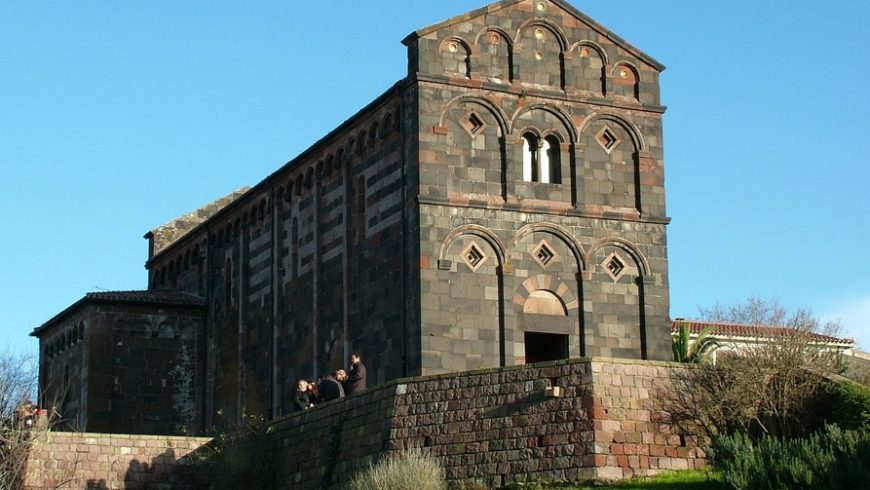
Ottana, a municipality in the province of Nuoro, is known for its fascinating traditional carnival masks, but also for being the focus of a major industrial project supported by the Cassa per il Mezzogiorno during the 1960s and 1970s.
The aim was to boost Sardinia’s economy, leading to the construction of petrochemical plants in the area. Unfortunately, the project did not yield the expected results, and the region returned to agriculture and sheep farming. At the MAT (Museum of Arts and Traditions of Ottana), you can learn more about the town’s history and traditions.
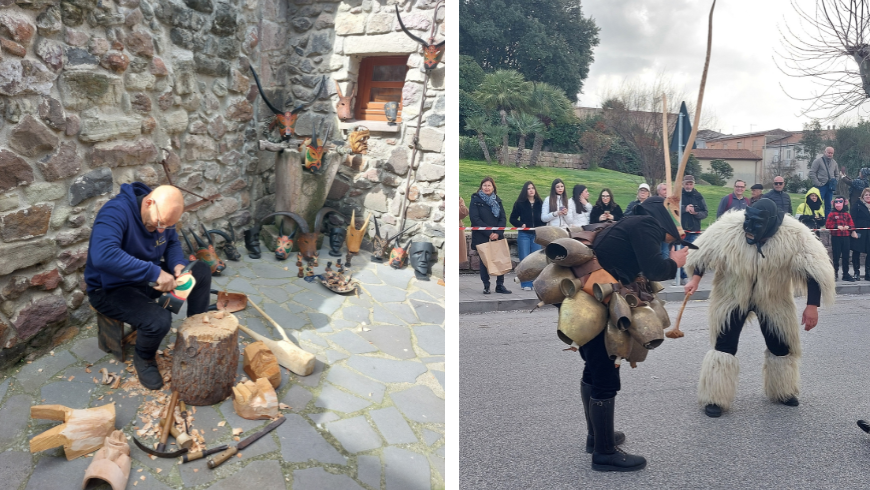
A must-see event is definitely the Ottana Carnival, which is celebrated on Sunday, Monday, and Tuesday before Ash Wednesday. What makes this carnival special are the traditional masks made of wood and hand-painted.
These traditional masks represent allegorical figures linked to rural life, such as “Sos Merdùles,” farmers trying to tame animals, and “Sos Boes,” the animals themselves. Another unique mask depicts a man dressed as a frightening old lady in black, known as “Sa Filonzana.”
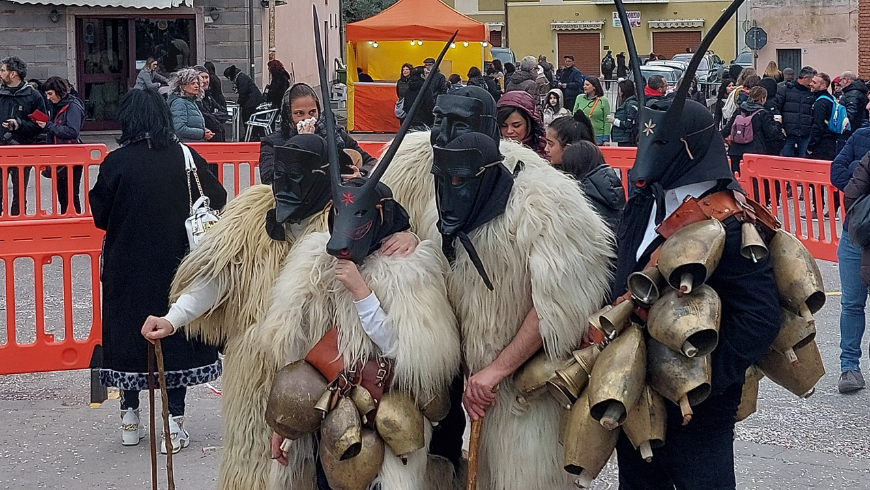
In short, a green journey into the Sardinian hinterland to discover places and environments full of tradition, landscapes, and people who embody its undisputed beauty and essence.
Cover photo: Ottana Carnival, carnival masks, photo by Mario Cossu
